Food Cuisine
The wildest food habits of Nagaland
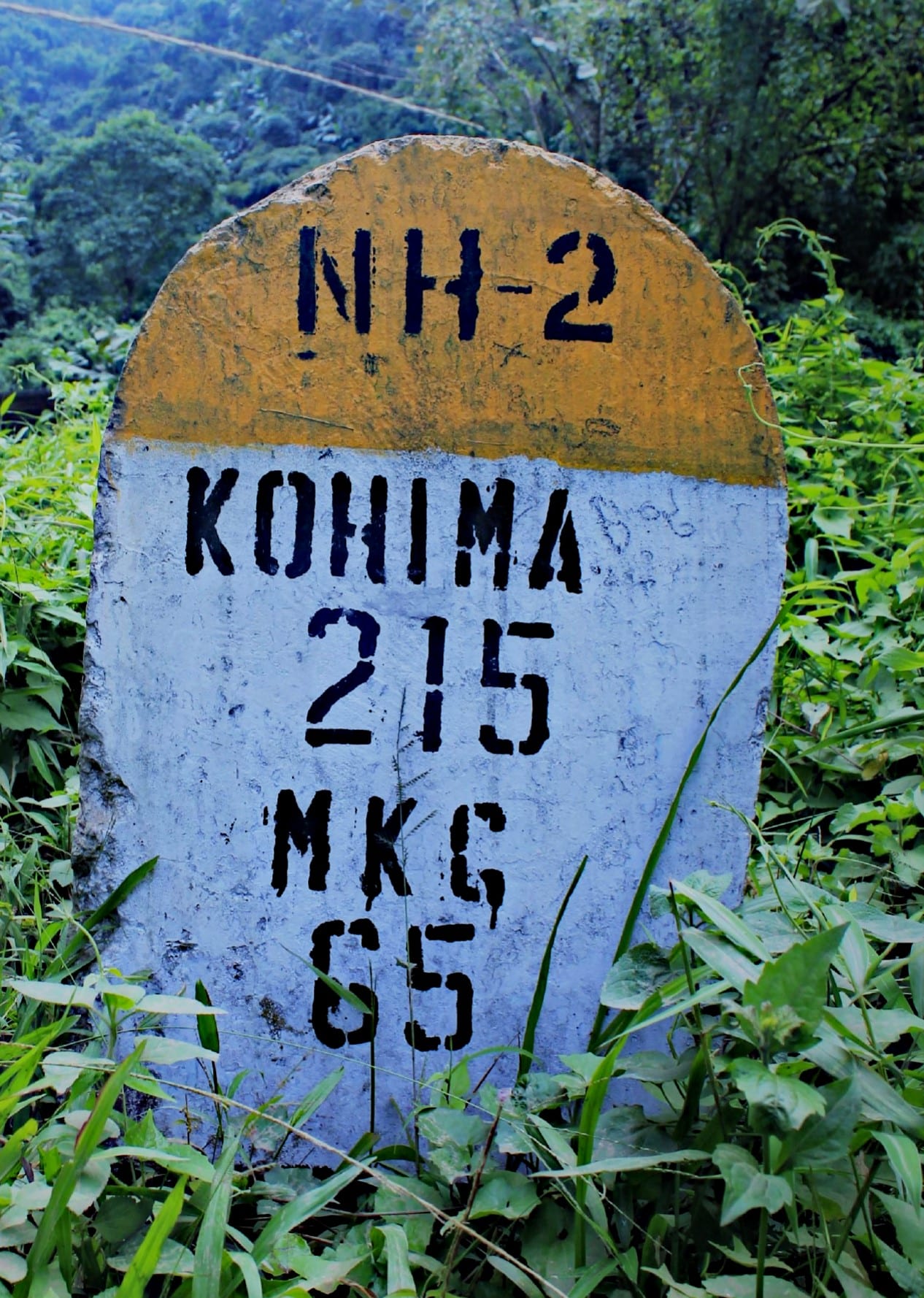
The Nagas are one of the wildest tribes who eat anything that moves. They do not spare insects and worms. But what they relish most is the meat of wild animals. Warriors as they are by nature, the Nagas love hunting, and the meat of wild animals fills them with great delight.
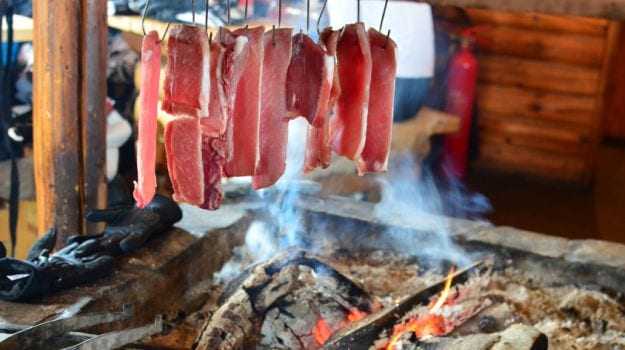
Rice is their staple food, which is taken with meat. The meat is mostly pork, beef and chicken, but it can also be snakes, snails, rats, squirrels, dogs, cats, mithuns, buffaloes, deer, spiders, birds, crabs, monkeys, bee larvae, shrimps, red ants, and almost everything that is wild. Elephants included. No part of an animal is wasted — even blood, skin and intestines are eaten. Occasionally, however, they let the skin be, and use it to make shields.
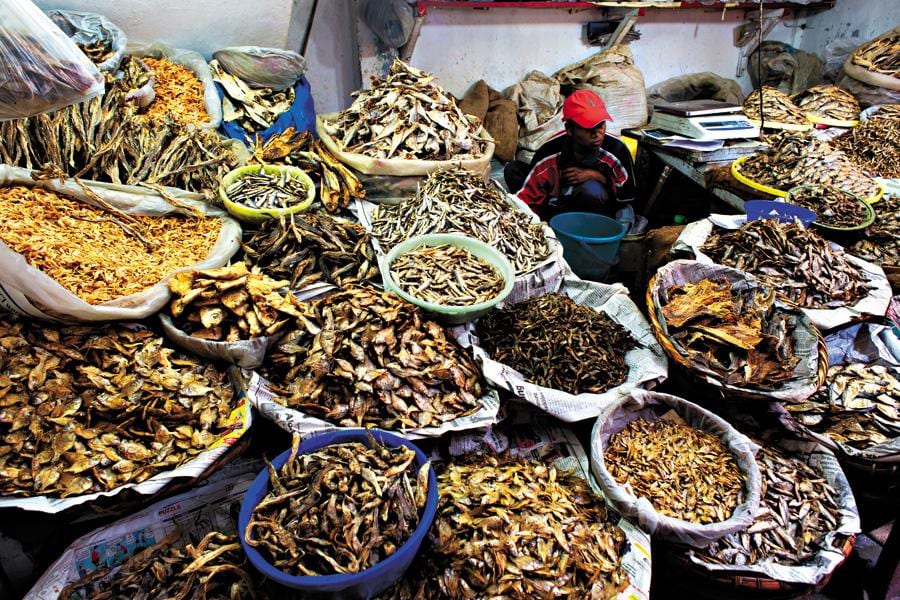
Hunting is something the Nagas have practiced for ages and it’s a matter of pride for a hunter if he has the highest number of kills. There are 16 recognised tribes and a number of sub-tribes of Nagas in Nagaland. They also have a sizeable population in Arunachal Pradesh, Assam, Manipur and eastern Myanmar. Their food habits are different from those of other tribals in the Northeast — both in terms of the animals they eat, and the style of cooking. They smoke their meat at home over a kitchen fire and apply axone (fermented soya bean) to create a pungent aroma in the dishes. Some love their meat with anishi (a preparation made of dried yam leaves).
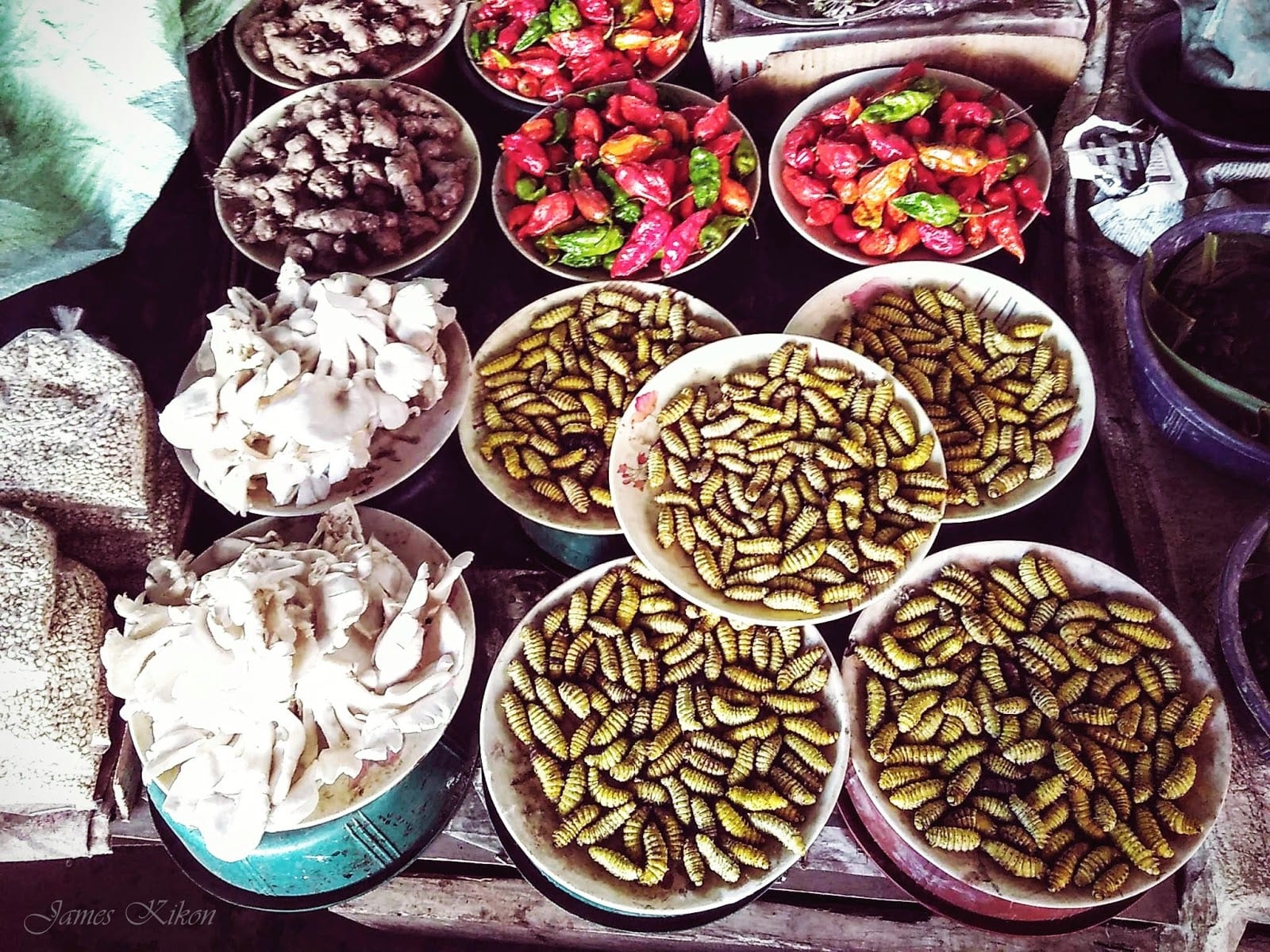
Most meat dishes are boiled with suitable ingredients and spices. Frogs, bee larvae and insects are cooked till dry (with ginger, garlic and chilly). Snail is cooked with a lot of chillies. For dog meat, the best spices are ginger, Naga pepper and dried red chillies. Meat is also cooked with lettuce and spinach leaves. Chilly, mostly ‘bhut jolokia or Naga mircha’, and bamboo shoot are equally popular. Not all species of dogs, frogs, snails, worms and insects are eaten. The Nagas say frog meat tastes like chicken. The‘Wednesday Bazaar’ in Dimapur is very dear to these tribals for the array of animals, insects and worms sold here. A dog is sold alive for Rs500-Rs600. Frogs and river snails cost Rs200-Rs250 a kg. The river snails, which are very small in size, are cooked with ‘daal’ and sucked. The bazaar teems with customers every week. The sellers are mostly locals and they deal in local fruits, animals, insects, worms, vegetables, traditional utensils, garments, ornaments, handicraft items, etc. Nagas from all walks of life — some from remote areas — come here for shopping.
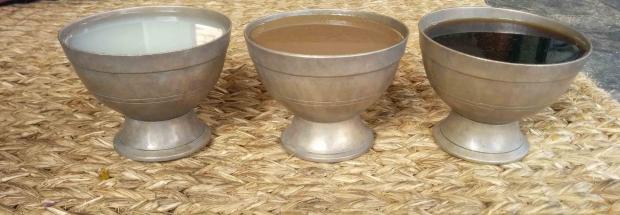
I remember one of my trip to Tuli-Nagaland, where I alongside few friends when we stopped near a river side and we saw couple of naga men were having bonfire,smoked meat and some local rice beer.We too were carrying some wine and ‘chaknas’ while they offered us to sit with them and have some drink. Popped our minds, we were literally excited and began to flow to their direction over the river side. The meat was so yummy that we started and finished it with split seconds alongside local beers.
The Nagas also believe that the meat of wild animals, insects and worms can cure a number of diseases. “Frog, snails and bee larvae are eaten when one is injured (believed to quicken the healing of skin and bones), local chickens and legs of pigs are eaten during pregnancy, and dog meat is believed to be a cure for pneumonia.”
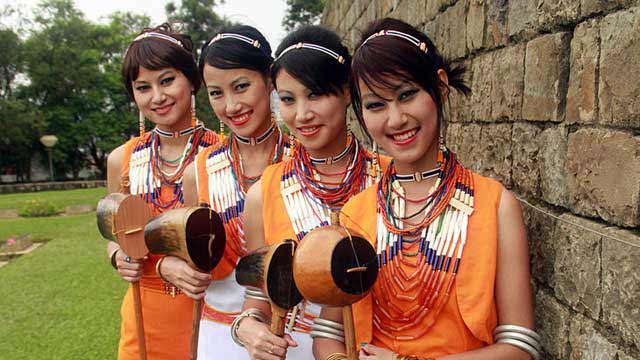
The Naga Tribe is one of the authentic hill tribe and is believed to be one of the most skilled warrior tibes of the North-East India.





























